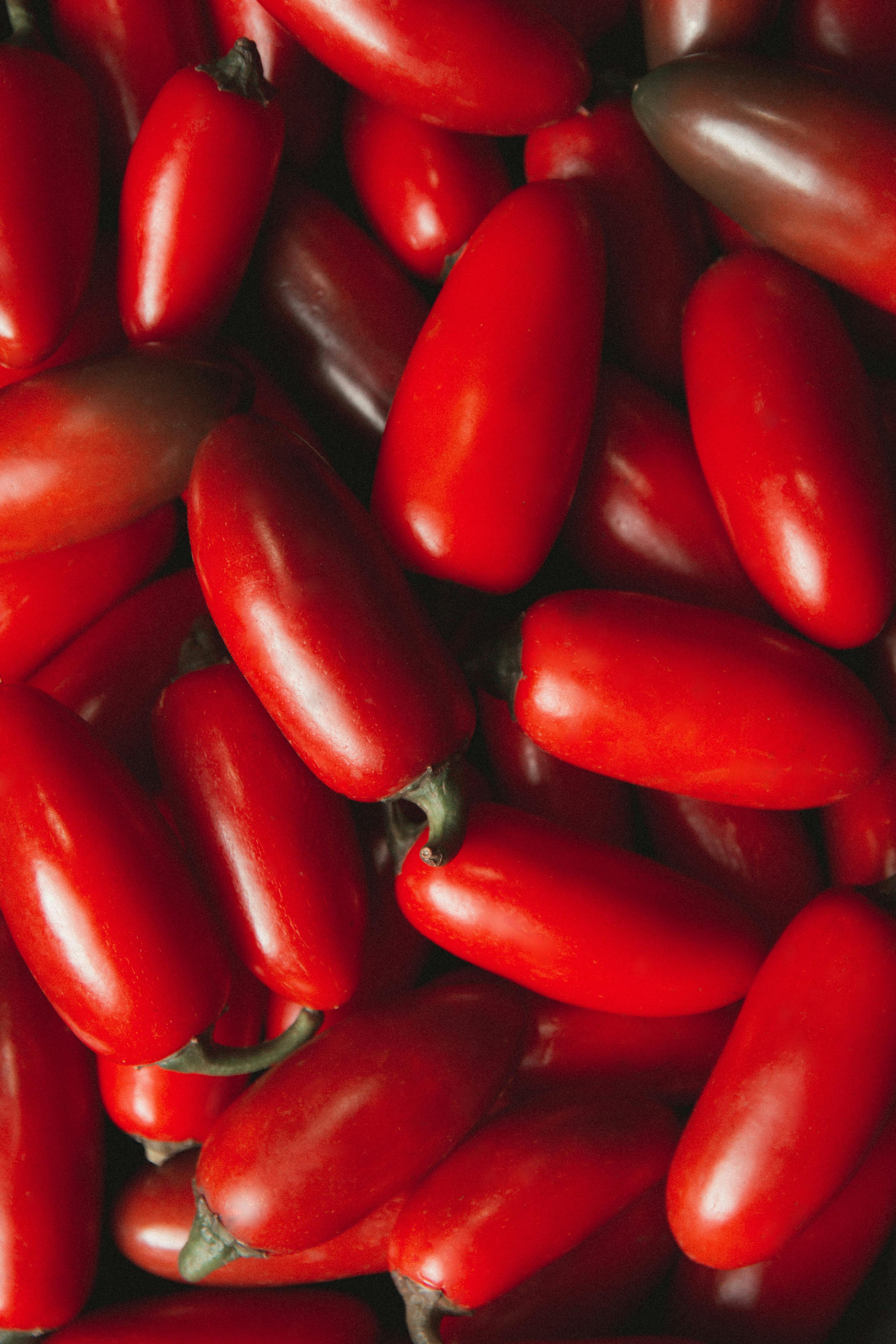What’s So Special About San Marzano Tomatoes?

Have you ever wondered why San Marzano tomatoes are revered in the professional kitchen? These elongated, plum-shaped tomatoes are synonymous with quality, but what makes them so special, and are they worth the higher price tag? Let’s delve into the reasons behind their premium status, from their unique physical characteristics to their superior preservation methods.
San Marzano tomatoes have an ideal flesh-to-water ratio
Well, back in the day, our good friends the Italians realized that the best tomatoes for sauces have as much flesh as possible and very little water. And ideally, few or no seeds. Farmers developed tomatoes that are very long and skinny, which maximizes their flesh while limiting the amount of water on the inside.All that fleshiness adds more flavor. If you want more water, you just add more water, but it’s hard to just add more tomato. This translates to thicker sauces with more concentrated flavor.
San Marzano tomatoes are picked at peak freshness
This is true of almost all canned tomatoes, but it’s still worth mentioning.If you didn’t already know this, canned tomatoes are awesome. Some canned vegetables (like green beans) are just awful. But canned tomatoes are picked at their peak freshness and preserved in top state. This doesn’t make them the same as a garden-fresh tomato, but it sure keeps a lot of flavor and has its own charm.
San Marzano tomatoes are preserved better than other canned tomatoes
Most brands of canned tomato are preserved with citric acid. This stuff is a natural and organic preservative, so there are no health risks involved, but it totally damages flavor. Many tomato recipes call for lemon juice or vinegar to boost their flavor, but the citric acid drives up the tomatoes’ sharpness, which damages the other flavorings. Citric acid isn’t the end of the world, but it is the end of flavor town.Some tomato warnings
When cooking with canned tomatoes, I generally have two bits of advice:- Beware the imposters. There are some brands of canned tomato that call themselves “San Marzano style” tomatoes. These are not the same thing. They tend to have poor fleshiness and are almost always stored with citric acid.
- Stick with whole tomatoes. If a farmer has an ugly, gross, semi-spoiled, or less-than-ideal tomato, he’ll still want to sell it. The best way to do this is to grind it up into pre-blended tomato puree. In fact, manufacturers can increase their profit by including even more additives (like extra water). You’re paying the same amount, but for less tomato, and tomato of poorer quality. I only ever buy two kinds of canned tomato: whole San Marzano, and tomato paste.
Go forth and eat tomatoes
If this article got you interested in trying out a good tomato-based recipe, make sure to check out my other article being published this week (hint: it’s about anchovies). Matthew Christensen
Matthew Christensen
Weekly Newsletter Contributor since 2023
Email the author! matthew@dvo.com
